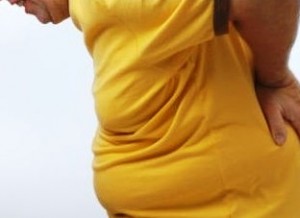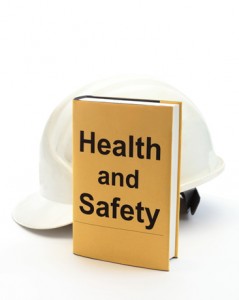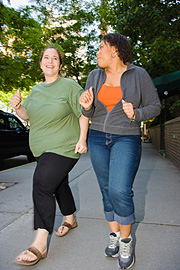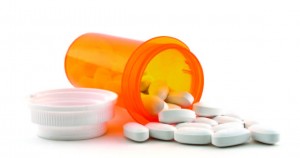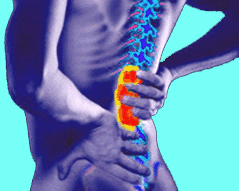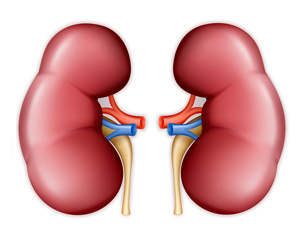 Chronic diseases are the most common and costly of all health problems, but they are also the most preventable. Four common, health-damaging, but modifiable behaviors—tobacco use, insufficient physical activity, poor eating habits, and excessive alcohol use—are responsible for much of the illness, disability, and premature death related to chronic diseases.
Chronic diseases are the most common and costly of all health problems, but they are also the most preventable. Four common, health-damaging, but modifiable behaviors—tobacco use, insufficient physical activity, poor eating habits, and excessive alcohol use—are responsible for much of the illness, disability, and premature death related to chronic diseases.
Risk Behaviors: The Facts
- More than 43 million (about 1 in 5) U.S. adults smoke.
- 1 in 5 U.S. high school students are current smokers.
- More than one-third of all U.S. adults fail to meet minimum recommendations for aerobic physical activity based on the 2008 Physical Activity Guidelines for Americans.
- Only 1 in 3 U.S. high school students participates in daily physical education classes.
- More than 60% of U.S. children and adolescents eat more than the recommended daily amounts of saturated fat.
- Only 24% of U.S. adults and 20% of U.S. high school students eat five or more servings of fruits and vegetables per day.
- About 1 in 6 Americans aged 18 years and older engage in binge drinking (5 or more drinks for men and 4 or more drinks for women during a single occasion) in the past 30 days.
- Nearly 45% of U.S. high school students report having had at least one drink of alcohol in the past 30 days.


